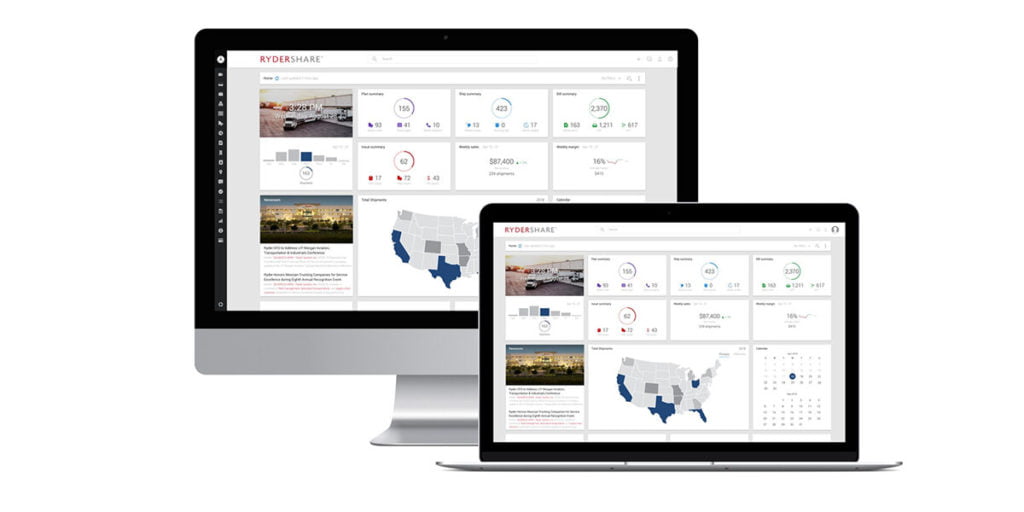The cost of minutes, not people
Most logistics operations do not lose an afternoon in one dramatic miss. They lose it a few minutes at a time. A coordinator copies details from a quote into a tender, refreshes a carrier portal for a rate, calls for a status check, hunts for a photo of the signed POD, then rekeys the invoice. None of those steps is hard, yet each consumes time and focus. Add hundreds or thousands of loads and those microtasks become overtime, backlogs, and frayed nerves. Turvo focuses on removing the minutes, not the people. The aim is to give your team a calmer day and more capacity, then put that capacity to work on customer promises and margin.
How the minutes disappear
Turvo replaces scattered tools and inbox threads with a single timeline where orders, documents, messages, geofenced events, and financials live together. Rates return inside the same screen that planners use to book. Tenders go out in a step. Arrivals and departures post automatically when a driver crosses a geofence. The proof of delivery sits beside the bill of lading, so billing can move the moment the stop clears. When something looks risky, predictive signals put that load at the top of the queue so humans spend their attention where it matters. The result is less context switching and fewer do-overs. Coordinators cover more freight in the same shift. Customer service spends less time saying “let me check” and more time confirming solutions.
The $100K year one, explained
Here is conservative math that matches what many teams see after go-live. If you save roughly eleven minutes per load by removing extra clicks in rating and tendering, cutting check calls with real-time status, eliminating document chasing, and generating clean invoices automatically, a book of 1,000 loads per month frees about 183 hours. At a fully loaded labor cost of $45/hour, that is a little over $8000 per month. Annualized, it lands near $99,000, and normal peak season pushes the total over $100,000 without changing headcount. A midsize brokerage that moves closer to two thousand loads per month, or pushes savings toward 13 to 15 minutes per load, sees the number climb well past that threshold. The dollars show up as less overtime, fewer weekend sprints, reduced temp labor, faster cash application, and fewer write-offs from billing errors.
What changes on the floor
Picture a typical morning. Overnight linehauls arrive. Turvo records in-gate events automatically and highlights stops at risk of missing an appointment. A planner accepts two suggested resequences, tenders a backup on a sensitive lane, and sends a proactive update to the consignee. The warehouse snaps a POD photo into the timeline, which closes out the stop and starts the invoice. By midday, the board is ahead of pace and the afternoon is not a scramble. No one stayed late. Customer conversations shift from status checks to planning the next move. People leave with energy for tomorrow.
Why executives care
Time saved only counts if it ties to outcomes leaders can measure. Turvo links daily work to board-ready KPIs. On-time pickup and delivery, dwell and detention, exception rates, margin by lane and customer, cash to cash timing, all draw from the same event stream that the team uses to execute. Operations and finance look at one truth. When a lane bleeds cash, you can adjust dock schedules or renegotiate accessorials in the same week, not a quarter later. When a customer responds well to proactive notifications, you can package that as a premium service and grow wallet share. Retention improves because workdays feel manageable, and growth becomes possible without a rush to add seats.
What it feels like for coordinators
Ease of use matters. Turvo’s interface keeps the important actions in one place. Saved views put each coordinator’s book front and center. Chat lives with the shipment record, so questions and decisions stay tied to the facts. Documents drag into the timeline rather than into a shared drive that no one can find. Real-time status lets the phone ring less, and when it does, the answer is already on the screen. People spend more time solving problems and less time searching for information.
Turning capacity into advantage
The most important choice comes after the savings arrive. Teams can spend the extra time on work that compounds: rebuilding routing guides around true carrier performance, tightening accessorial terms on lanes that hurt, piloting a returns or consolidation program, or testing a new corridor without buying another tool. Leaders can run quick what-if scenarios and publish a refined plan the same day. The organization starts to feel proactive. That is how one year of labor savings becomes a durable edge rather than a one-time win.
Bottom line: Turvo stops the slow leak of minutes that holds operations back. Automation handles the routine, live data keeps everyone aligned, and clean billing shortens the path to cash. Many teams see one hundred thousand dollars or more in first-year labor savings with the same people in the building, now focused on higher-value work.
Ready to see what your number looks like with your loads and rates? Book a Turvo demo and get a quick savings model built from your workflow.








